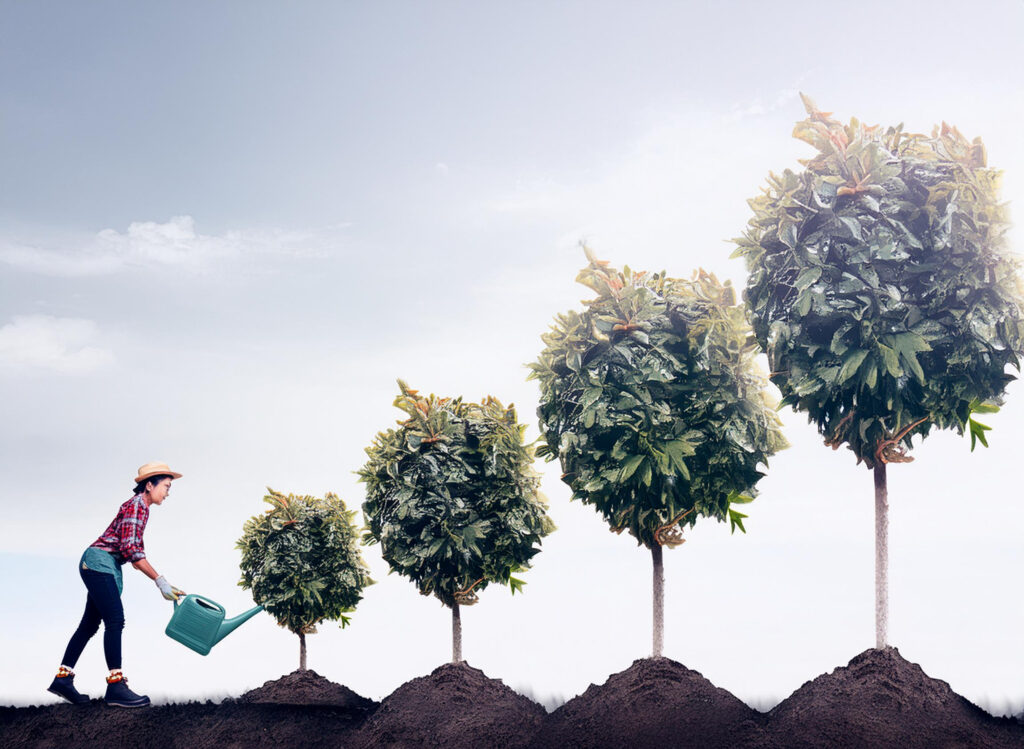Optimizing Your Tree's Health Year-Round

Trees play a vital role in the world’s ecosystem. They boost property values, cool urban centers, and improve a person’s mental and physical health. Many people remain unaware that the presence of trees can also improve a child’s attention and test scores. However, the trees must be healthy and strong to achieve these goals.
While trees grow in a forest with minimal human intervention, pests and diseases can wipe out this forest quickly. Humans need to care for trees to prevent this from happening. They also need to remove dead and dying limbs before they hurt someone or do property damage. What steps should be taken in a routine tree care plan to keep these vital parts of nature healthy and strong?
Optimizing Your Tree’s Health
Optimizing your tree’s health doesn’t need to be difficult. Basic tasks go a long way to keep this natural element healthy. Water the trees regularly, prune them, and ensure they have quality soil and mulch. Fertilization is also helpful for optimizing your tree.
Keep pests and diseases at bay. When potential problems are spotted, call an arborist immediately for help. They’ll determine the problem and develop a plan to restore the tree’s health.
Watering Requirements
Trees differ in terms of their water needs. Young trees need lots of water to develop deep roots and a sturdy trunk. Water very young trees daily. As the tree gets older, its watering needs decrease. Once the tree is three months old, water it once a week. Fully grown trees typically only need to be watered once or twice each month.
Prune Trees for Optimal Health
One of the most effective ways of optimizing your tree’s health is to prune it. Pruning does more than influence the size of the tree. It helps the tree grow new branches and strengthen its roots. Fruit trees provide a bigger harvest if pruned. However, determine how often to prune based on the species, as needs vary.
Quality Soil and Mulch
Trees need quality soil and mulch to protect their roots. The soil and mulch also serve as a source of nutrition. Mulch helps slow water evaporation while filtering rain. Never use more than four inches of mulch, however, as more could harm the tree. It will not be able to absorb oxygen as readily from the soil. Good soil will hold moisture and allow the roots to absorb water. Dark and crumbly soil is best.
Fertilize Regularly
Feed the tree roots by fertilizing the soil. There are several ways to accomplish this goal. You might choose deep root fertilization which involves injecting the plant’s root ball with nutrients. Doing so allows the roots to receive these nutrients more rapidly.
Without these nutrients, the tree may grow tall and lanky. The root system will lack strength as will the trunk. Fertilize young trees yearly. As they age, fertilize them every two or three years. Avoid overfertilizing, however, as the trees can have too much of a good thing.
Pests and Diseases
Pests and diseases can wipe out a forest quickly. Pruning helps prevent this from happening by increasing airflow and light to the tree’s branches. Oil sprays may also be used to prevent pest infestations. If no oil spray is available, vinegar repels fruit flies and other bugs. Talk with an arborist about local pests and diseases that attack trees and how to protect the trees from harm.
Think of your trees as pets. Feed them, water them, provide them with regular attention, and they will thrive. Monitor them closely and address problems promptly. Doing so will ensure they have a long and healthy life. They will also be a beautiful addition to the landscape, and everyone who passes by can enjoy them.
